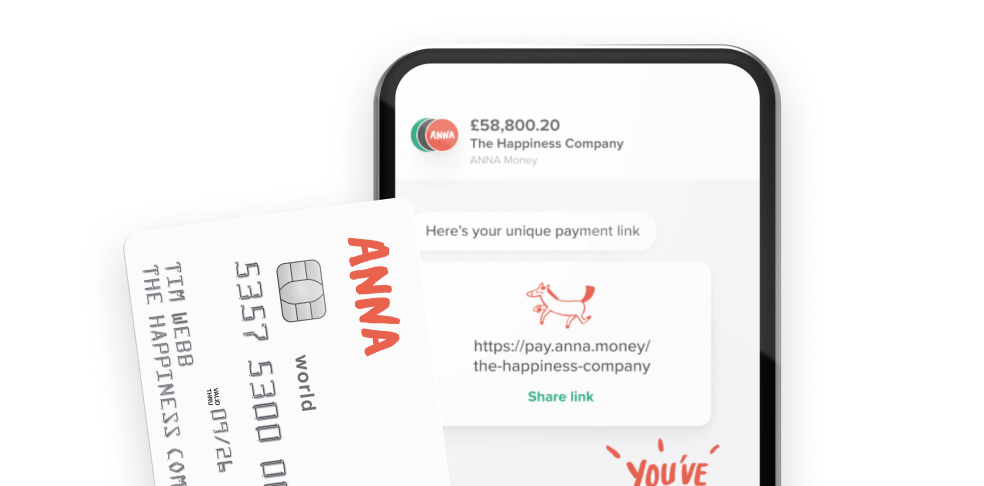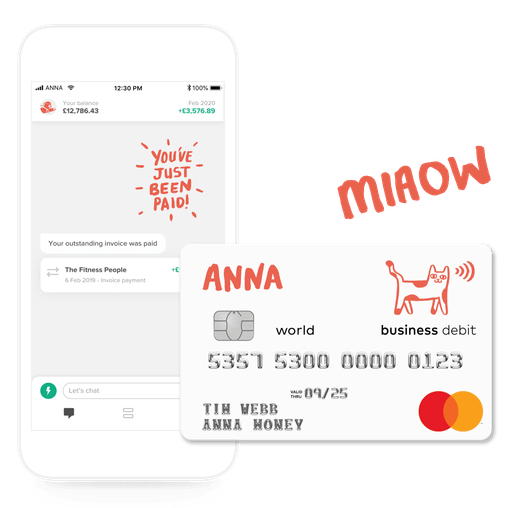Most sole traders and freelancers know that the tax year runs from 6 April to 5 April in the following year, so they assume that they’ll be taxed on the profits from 6 April to 5 April. But that’s not always the case…


- In this article
- Introducing basis periods
- Ok, what about new businesses?
Introducing basis periods
When they fill out their tax return, sole traders usually include income and expenses for a 12 month period. This 12 month period is known as an accounting period, and for 93% of self-employed people, the accounting period ends 5 April or 31 March (dates that match the tax year) and they don’t have to worry about basis periods.
But 7% of self-employed people don't use 5 April or 31 March as the start of their accounting period, which means that the accounting period doesn’t match the tax year. And that’s when basis periods raise their tricky little heads!
Here are a couple of examples to clear things up:
- Mr Anderson draws up his accounts to the 5 April each year. His accounting period matches the tax year, so in the tax year 2020/21 he will be taxed for the period 6 April 2020 – 5 April 2021. This makes things simple for Mr Anderson.
- Mrs Burton draws up her accounts to 31 December each year. Her accounting period doesn’t match the tax year, so in this case the basis period is the 12-month accounting period that ends within the tax year 2020/2021, and she’ll be taxed on her taxable profits for the period 1 January 2020 – 31 December 2020.
Ok, what about new businesses?
These are examples of businesses that have been trading for a few years – but what if you’re a new business or if you want to change your accounting period?
Then it can be tricky to work out your basis period, and you either have to speak to an accountant or (worse) have a chat with HMRC because you’re allocated the wrong profits to a tax year.
Fortunately, ANNA will soon be releasing a new tool to help you out – a Basis Period Calculator. Watch the blog for further information on when the tool will be rolled out.
Read the latest updates
You may also like
Open a business account in minutes




![How to Start a Currency Exchange Business in the UK [Guide]](https://storage.googleapis.com/anna-website-cms-prod/medium_Cover_3000_Landscaping_Business_Names_Creative_Name_Ideas_daad2f9e2a/medium_Cover_3000_Landscaping_Business_Names_Creative_Name_Ideas_daad2f9e2a.webp)




![140 Creative Tutoring Business Names [Ideas & Examples]](https://storage.googleapis.com/anna-website-cms-prod/medium_Cover_3000_Landscaping_Business_Names_Creative_Name_Ideas_d7964059b3/medium_Cover_3000_Landscaping_Business_Names_Creative_Name_Ideas_d7964059b3.webp)

![How to Start a Self-Employed Business in the UK [Guide]](https://storage.googleapis.com/anna-website-cms-prod/medium_Cover_3000_Landscaping_Business_Names_Creative_Name_Ideas_fe5b6edef1/medium_Cover_3000_Landscaping_Business_Names_Creative_Name_Ideas_fe5b6edef1.webp)
![How to Start an Electrician Business in the UK [Guide]](https://storage.googleapis.com/anna-website-cms-prod/medium_Cover_3000_How_to_Start_a_Car_Detailing_Business_Successfully_74488a6268/medium_Cover_3000_How_to_Start_a_Car_Detailing_Business_Successfully_74488a6268.webp)








